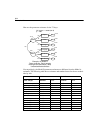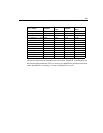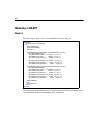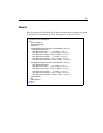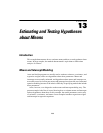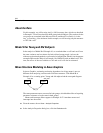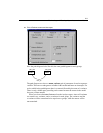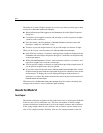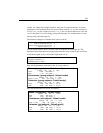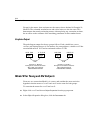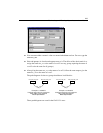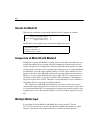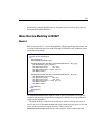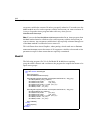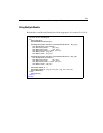
212
Example 13
The behavior of Amos Graphics changes in several ways when you select (put a check
mark next to)
Estimate means and intercepts:
Mean and intercept fields appear on the Parameters tab in the Object Properties
dialog box.
Constraints can be applied to means and intercepts as well as regression weights,
variances, and covariances.
From the menus, choosing Analyze > Calculate Estimates estimates means and
intercepts—subject to constraints, if any.
You have to provide sample means if you provide sample covariances as input.
When you do not put a check mark next to Estimate means and intercepts:
Only fields for variances, covariances, and regression weights are displayed on the
Parameters tab in the Object Properties dialog box. Constraints can be placed only
on those parameters.
When Calculate Estimates is chosen, Amos estimates variances, covariances, and
regression weights, but not means or intercepts.
You can provide sample covariances as input without providing sample means. If
you do provide sample means, they are ignored.
If you remove the check mark next to Estimate means and intercepts after a means
model has already been fitted, the output path diagram will continue to show means
and intercepts. To display the correct output path diagram without means or
intercepts, recalculate the model estimates after removing the check mark next to
Estimate means and intercepts.
With these rules, the Estimate mean and intercepts check box makes estimating and
testing means models as easy as traditional path modeling.
Results for Model A
Text Output
The number of degrees of freedom for this model is the same as in Example 10, Model
B, but we arrive at it in a different way. This time, the number of distinct sample
moments includes the sample means as well as the sample variances and covariances.
In the young sample, there are two variances, one covariance, and two means, for a
total of five sample moments. Similarly, there are five sample moments in the old



